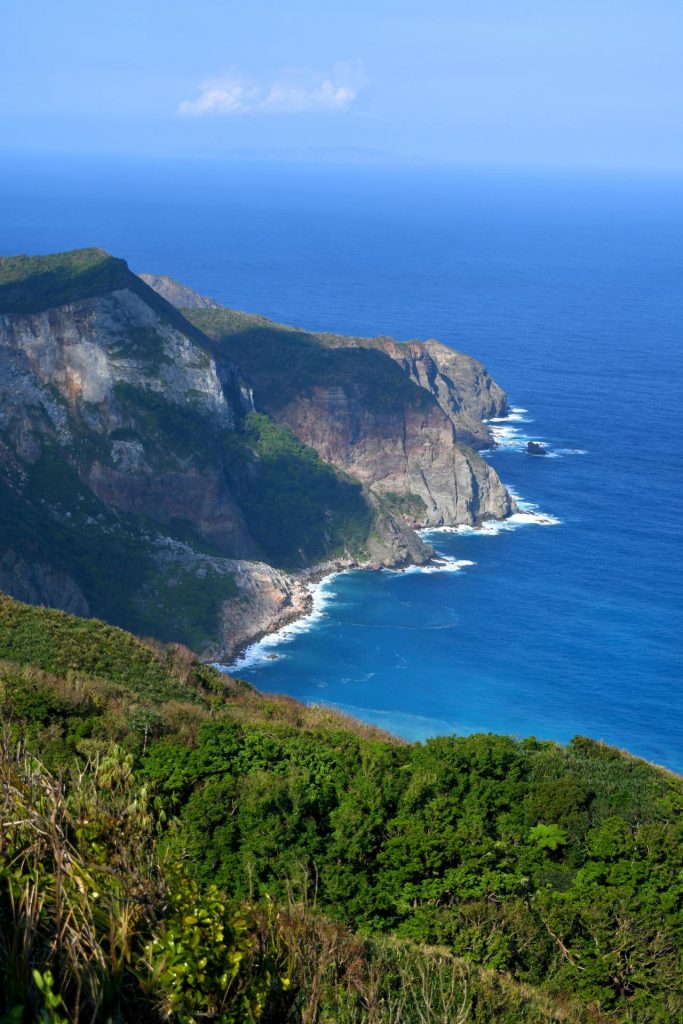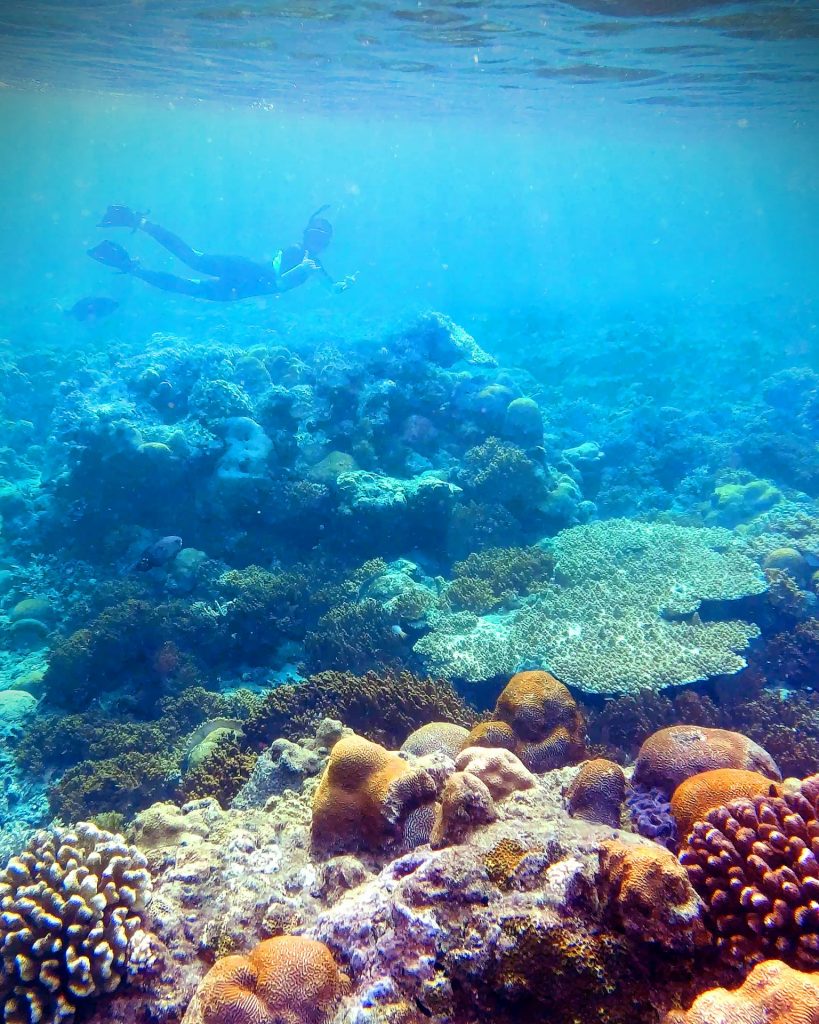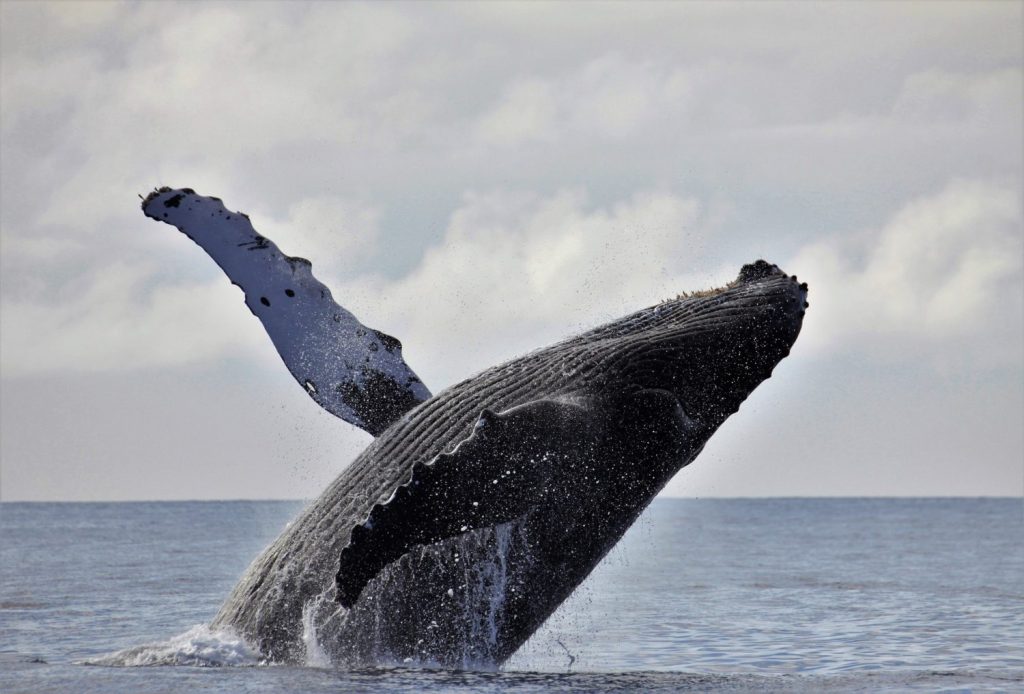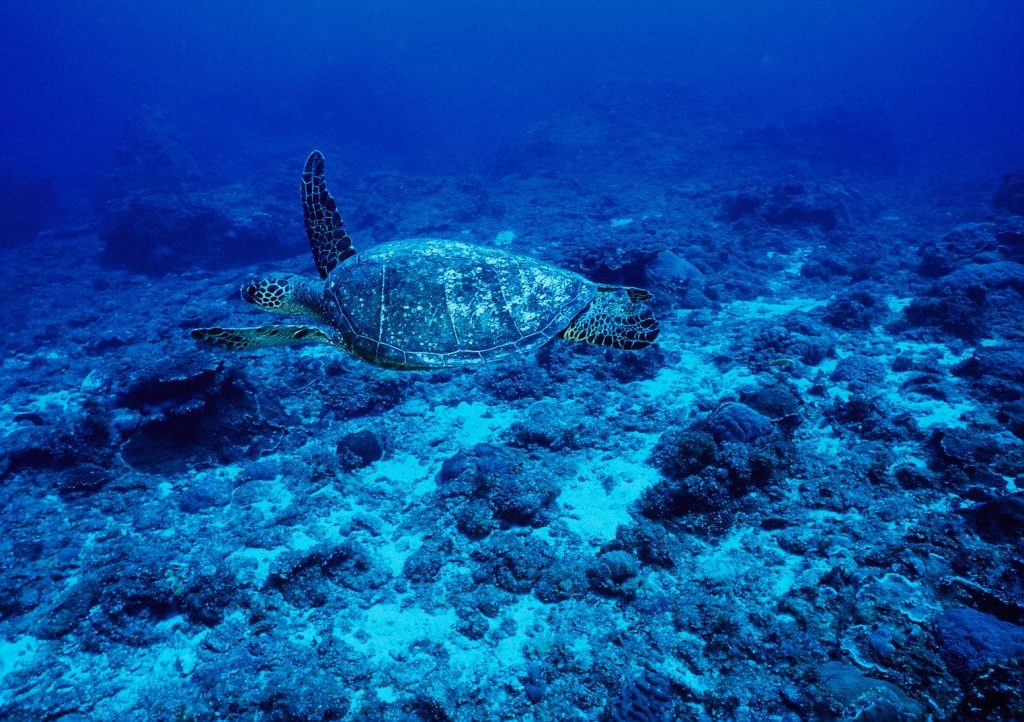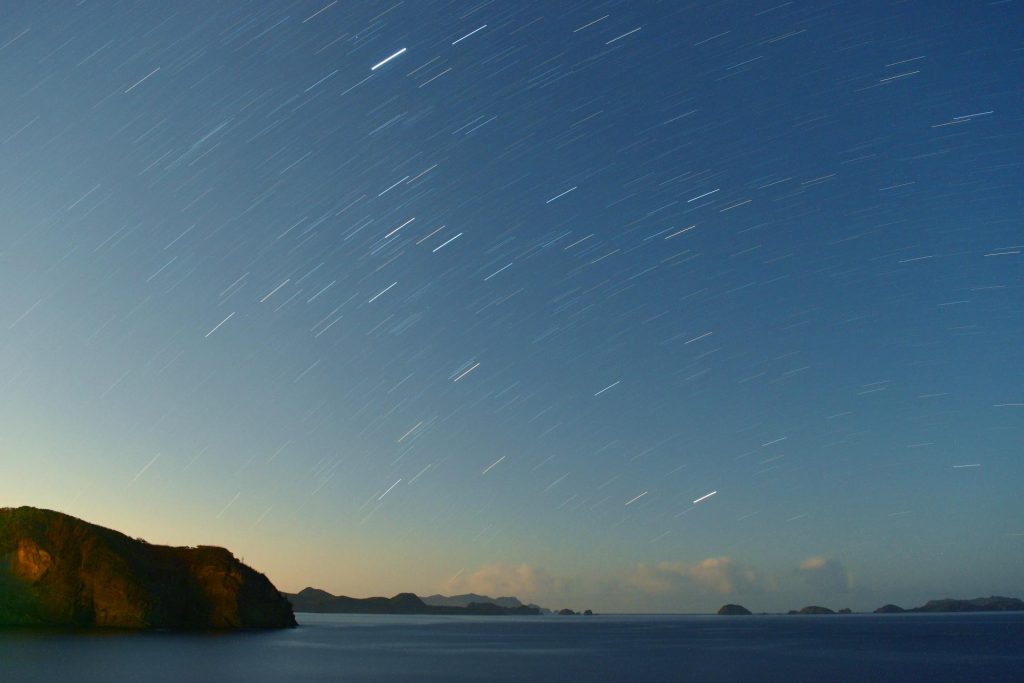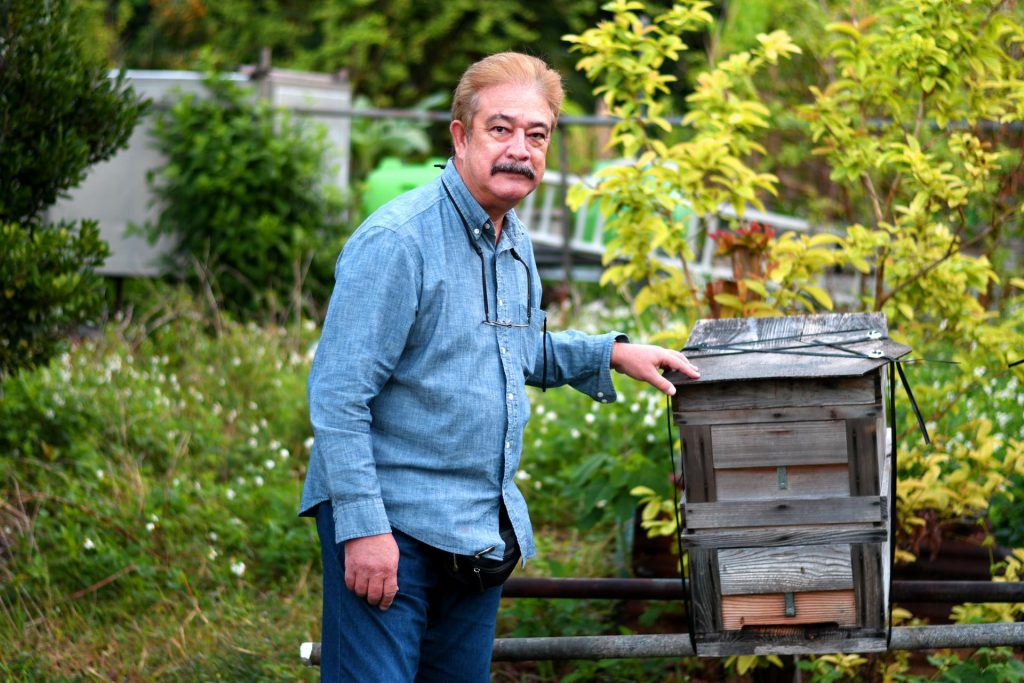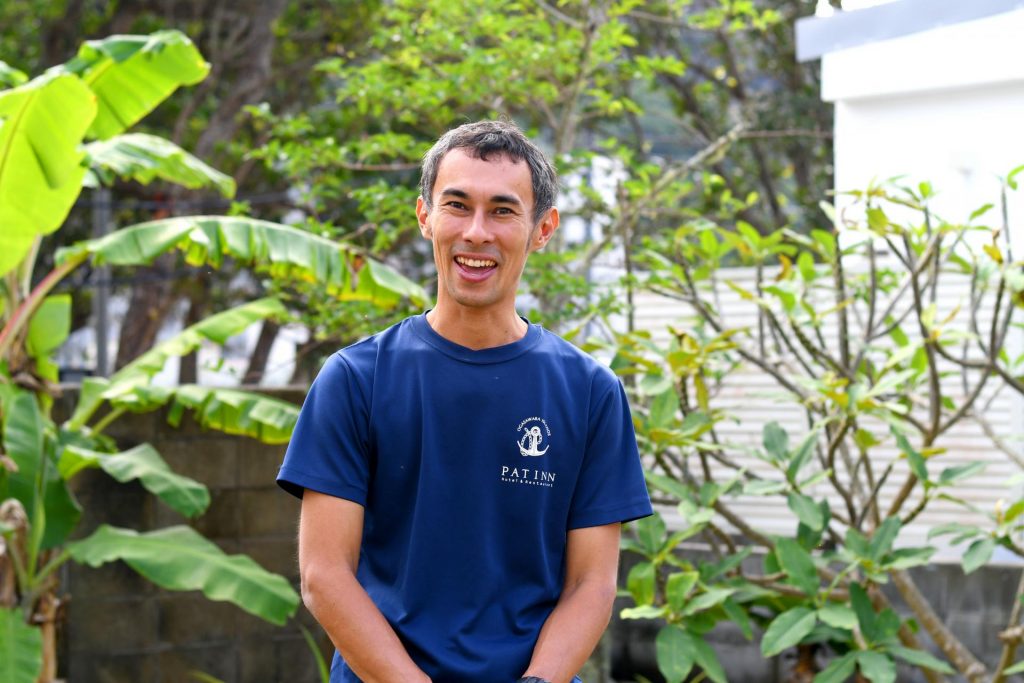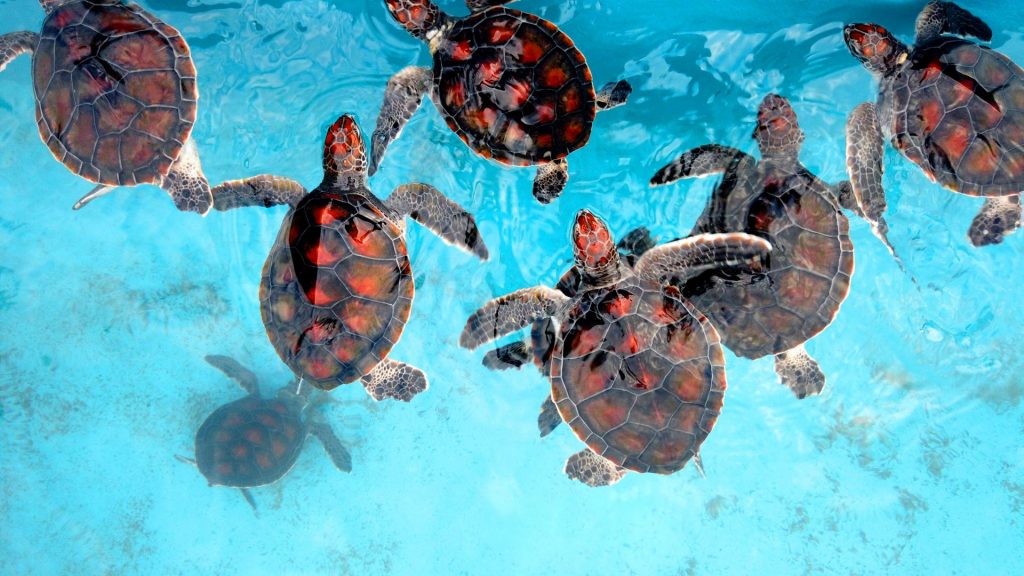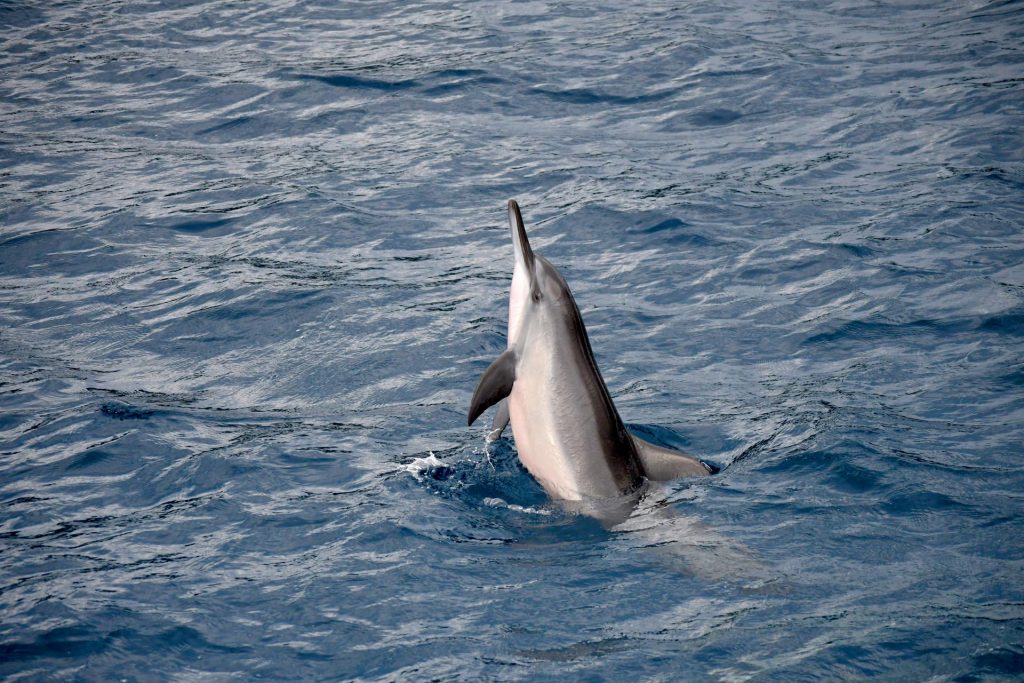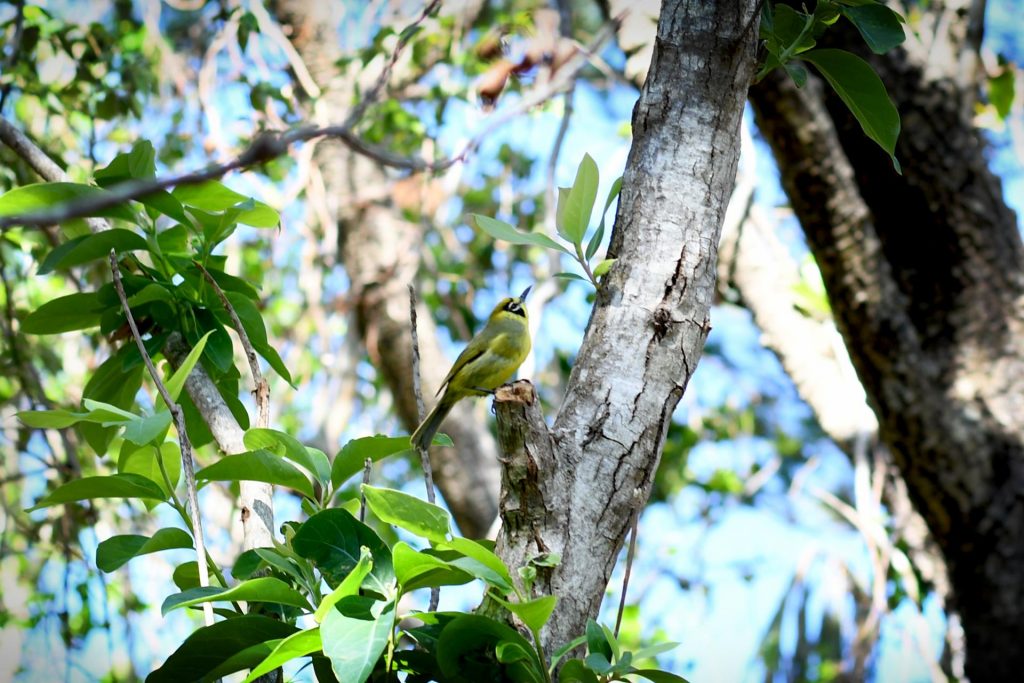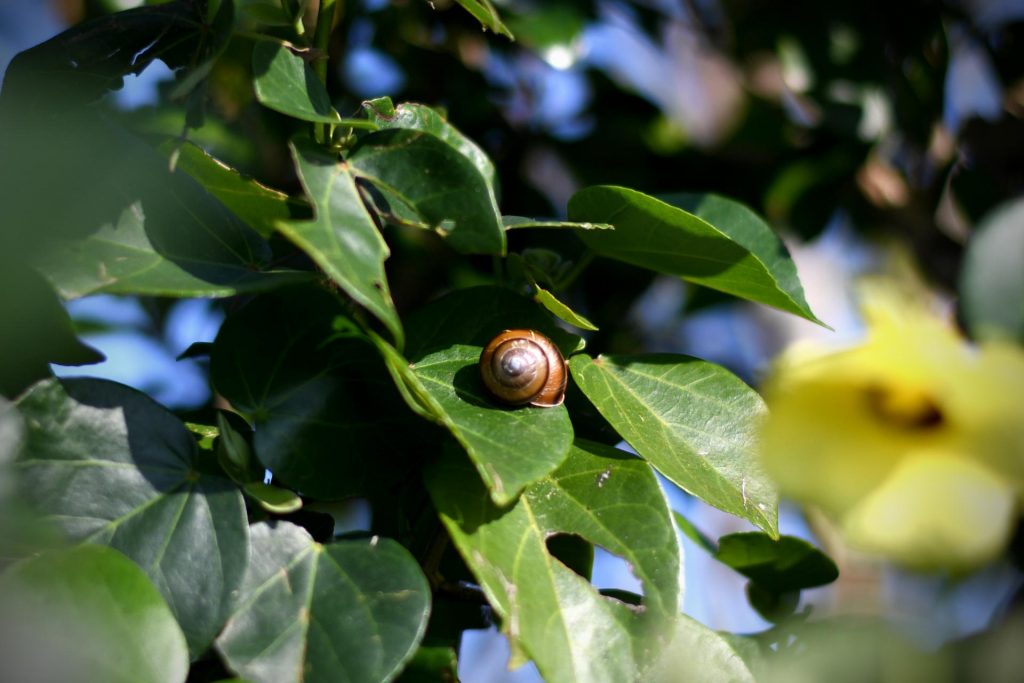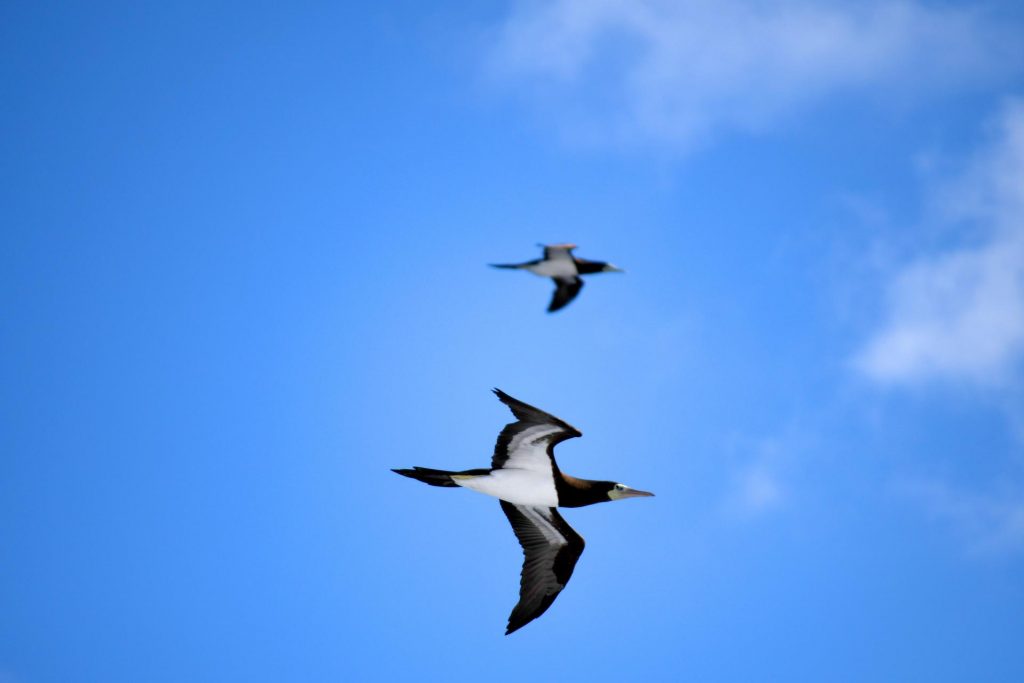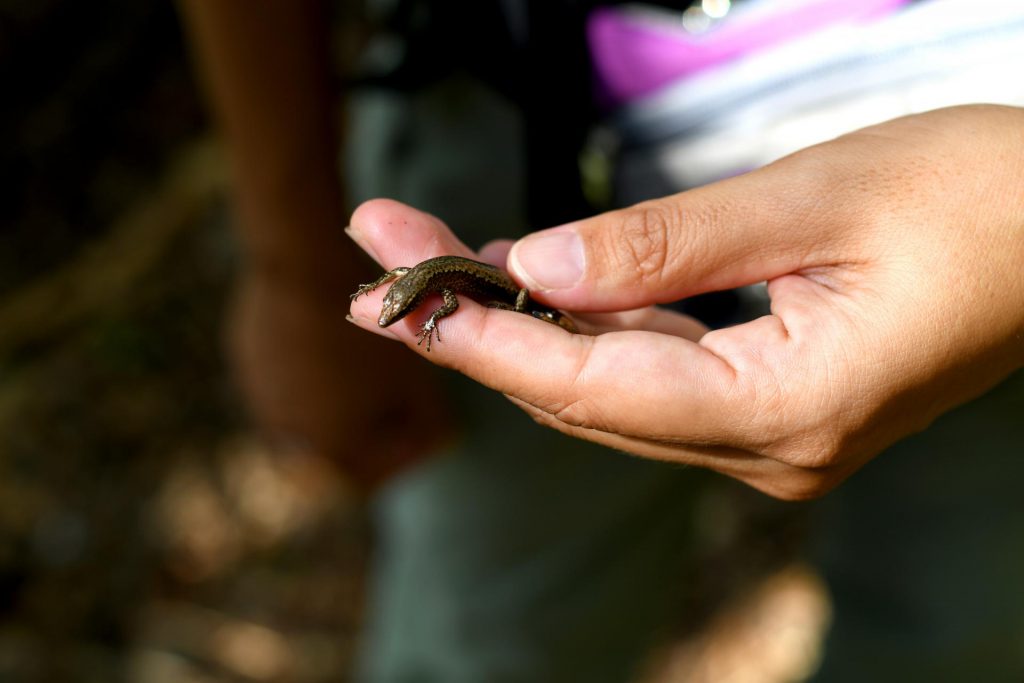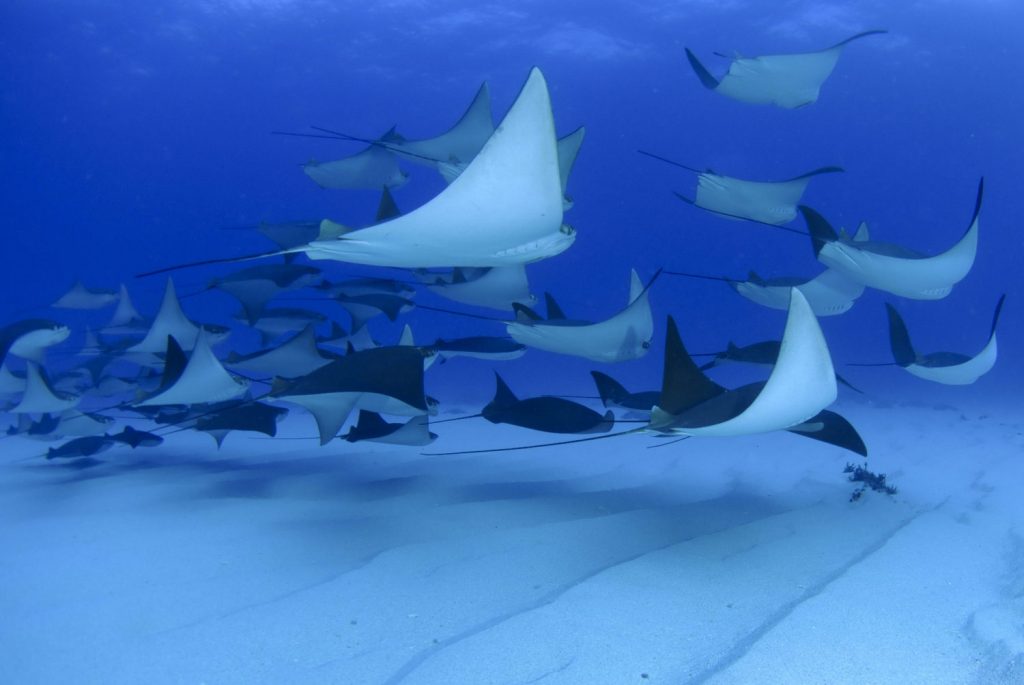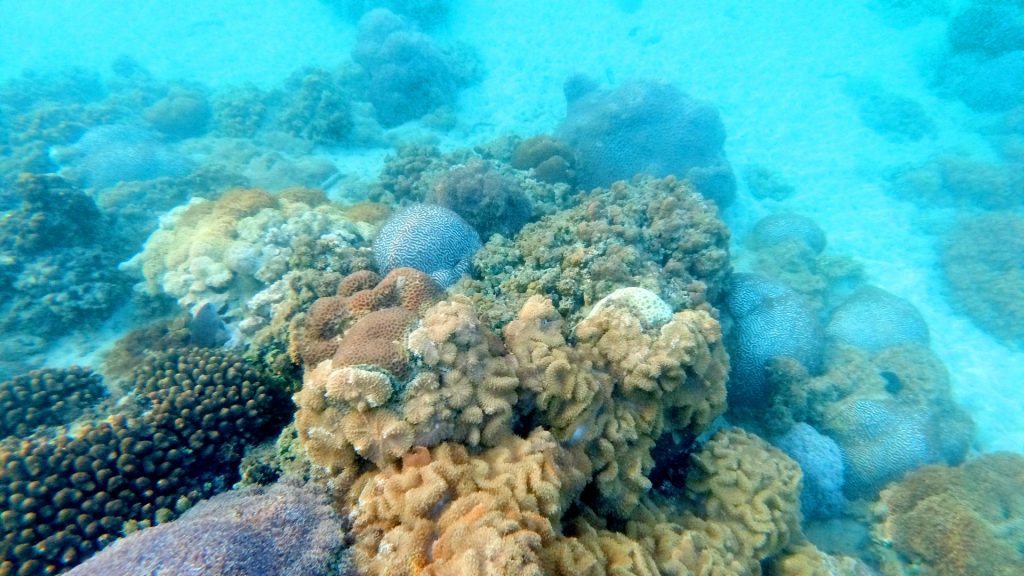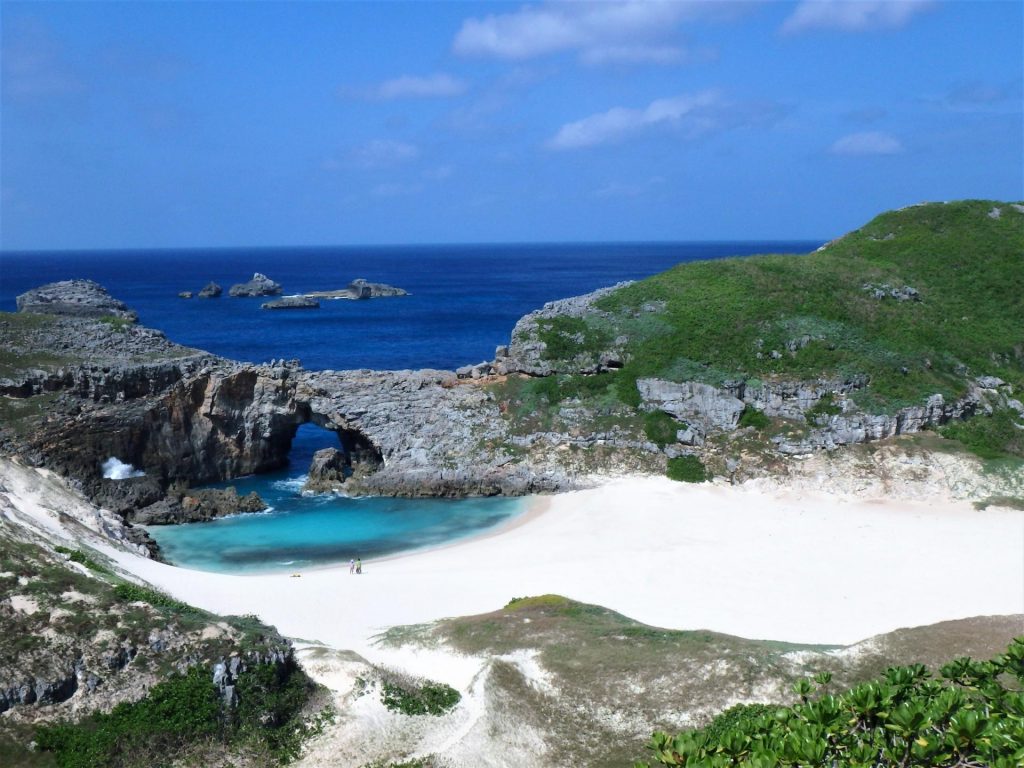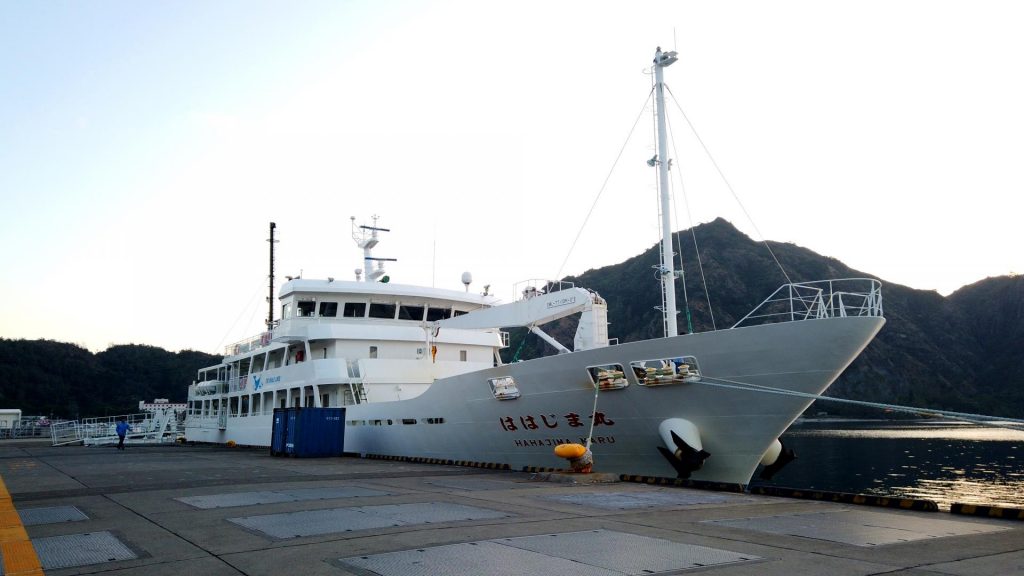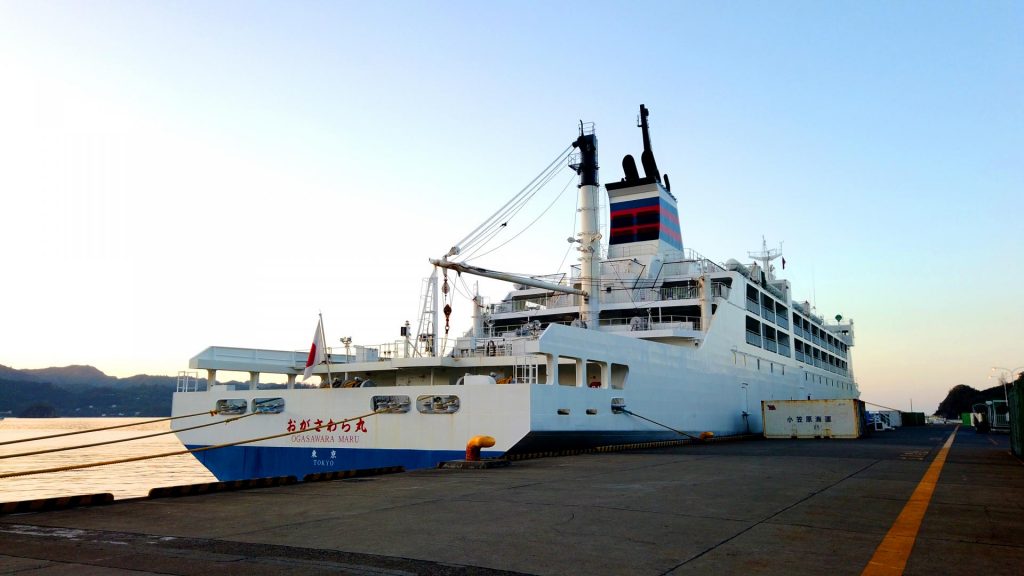Imagine starting your day from cold, gray Takeshiba Port, then waking up to a glowing sunrise and seabirds calling out in the remote Bonin Islands.
The Bonin archipelago, also known as Ogasawara Shoto, is arguably Japan’s best-kept secret. Located on a similar latitude as Okinawa, the islands boast a comfortable, subtropical climate year round. Because the volcanic archipelago has never been connected to any large land mass—not even the Japanese mainland—the islands are home to a variety of native flora and fauna found nowhere else.
After being added as a World Natural Heritage Site in 2011, the Bonin Islands received global attention. However, awareness is low and visits by the public are rare, partly due to its limited access. The recently upgraded ferry, Ogasawara-Maru, carries up to 800 passengers and departs from Tokyo only once or twice a week depending on the season. In 2018, just over 300 foreign travelers visited the Bonin Islands.
Fewer visitors mean untouched nature you can experience upon arrival. Even before you reach the islands, it’s not unusual to see humpback whales and spinner dolphins from the ferry. At dusk, Bonin flying foxes (a type of fruit bat) glide from tree to tree, looking for fresh passionfruit to plunder. Reef sharks, rays, sea turtles and tropical fish languorously loiter around the harbor at night while shooting stars streak the sky above. According to Hokkaido University’s School of Fisheries Sciences, the Bonin Islands boast the highest water and night sky clarity in the Pacific Ocean. Bonin Islands is simply heaven for nature enthusiasts.
But the islands aren’t just white sandy beaches and dolphins. What makes the Bonin Islands truly unique is its mixed-pot culture usually glossed over in history books. In fact, most of what happened in the Pacific during World War II was dismissed to make way for peace treaties and plans for restructuring. To fully appreciate the Bonin Islands, we have to look to its storied past.
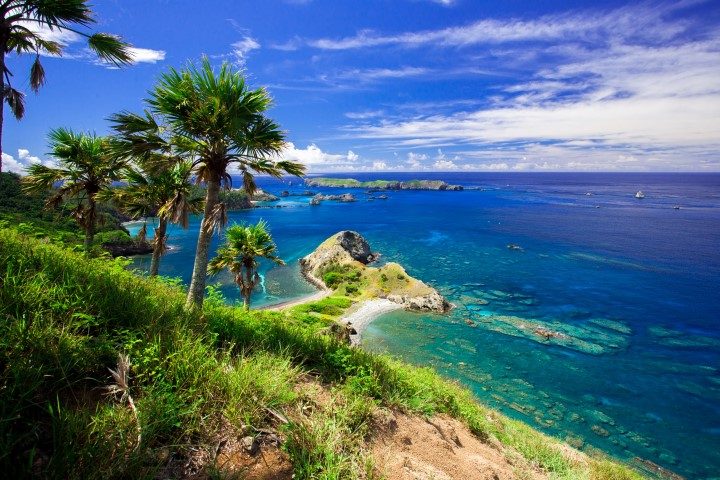
No Man’s Land
The name “Bonin” is said to have come from the Japanese word munin, literally meaning no man. The first recorded discovery of the Bonin Islands was in the 16th century: first by the Spanish and then the Japanese in 1727. Although the Japanese briefly declared the uninhabited islands as their own (hence the name Ogasawara by the shogunate who claimed to have discovered them—to this day, this claim is questionable), no plans were made to develop these islands. The islands remained uninhabited and were called mujintou (uninhabited islands).
Meanwhile, the United States were experiencing the Industrial Revolution with their newfound discoveries, one of them being whale oil. To the Americans, the Pacific meant oil. Opportunity seekers, including 20-year-old Nathaniel Savory from Massachusetts, packed their bags and sailed west to the rich whaling grounds of Japan. Although most set up base in Hawai‘i, Savory realized a need to establish outposts even closer to Japan. Whalers whispered hints of a tiny, uninhabited paradise with natural springs. In the true spirit of entrepreneurism, Savory along with 22 other men and women sailed 3,000 miles and built themselves a new home on Chichijima, the largest of the thirty Bonin Islands.

Photo by Ogasawara Village Tourism Bureau 
Photo by Ogasawara Village Tourism Bureau 
In 1853, Savory was surprised by an American steamship rolling into town. Commodore Matthew Perry was on his way to open Japan up to the Western world and the Bonin Islands were the perfect spot for a coal depot so the ships could fuel up and continue their journey to Asia. As no nation had exerted authority on the islands, Perry anointed Chichjima as a Pacific outpost for American power and appointed Savory as an agent of the U.S. navy. Nine years later, a ship wielding Japan’s imperial flag sailed in and claimed the Bonin Islands back. Japanese people from the mainland and other outer islands started moving in, creating a mixed community of American, Japanese, Micronesian and Polynesian people.
During World War II, the Japanese army took over the Bonin Islands and the infamous Iwo Jima. All island residents were evacuated and relocated to the mainland while some of the fiercest battles occurred. Most of the Pacific “Flyboys,” the nickname for U.S. airmen and pilots, fought here including George Bush Sr. whose plane was shot down over Chichijima. Luckily for him, he landed in the ocean and was rescued by a U.S. submarine. His fellow Flyboys, who landed closer to shore, were not so fortunate.
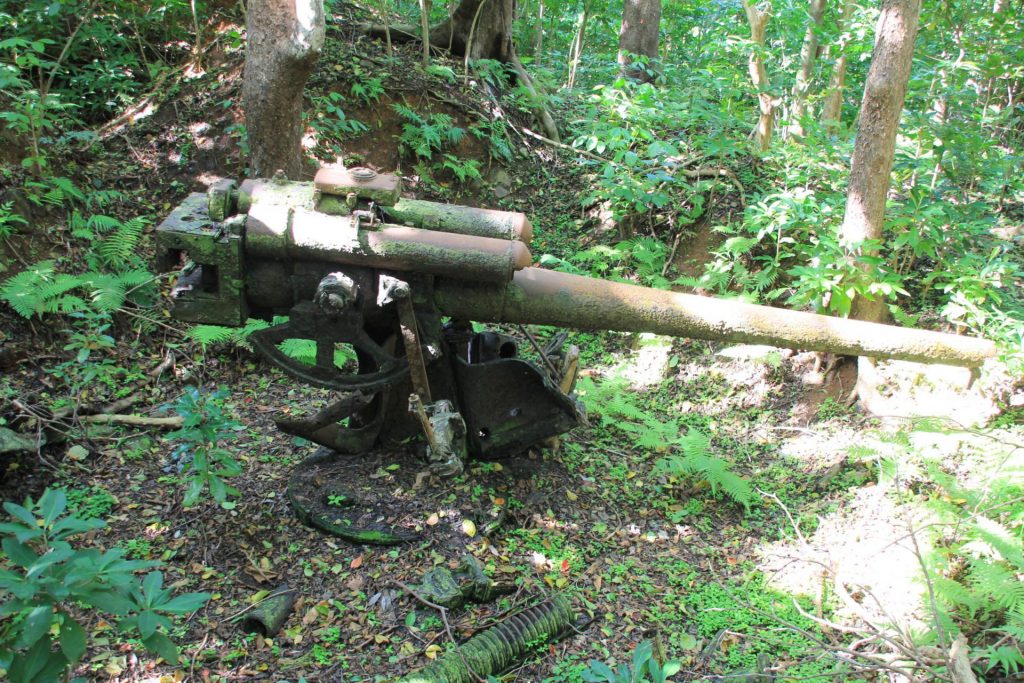
When the war ended in 1945, the Bonin Islands were taken over by the U.S. As for the pre-war inhabitants, only residents who descended from the original settlers—including Savory—were allowed to live here again. For over two decades, everyone on Chichijima spoke English, the fourth of July was a day of beach barbeques and the island remained peaceful.
In 1968, the islands were returned to Japan. Overnight, the education system changed. Children who grew up speaking English suddenly had to return to elementary levels to learn Japanese. Teenagers who had a difficult time learning a new language relocated to Guam for high school and eventually moved to the U.S. Teachers and businesspeople were sent over from the Japanese mainland to set up villages, schools and facilities both in Chichijima and the neighboring Hahajima. Today the Bonin Islands are part of Tokyo: cars have Shinagawa license plates, addresses are written as “Tokyo-to, Ogasawara-mura” and everyone speaks Japanese. Even family names like Savory have been modified to “Sebori” with Japanese characters.
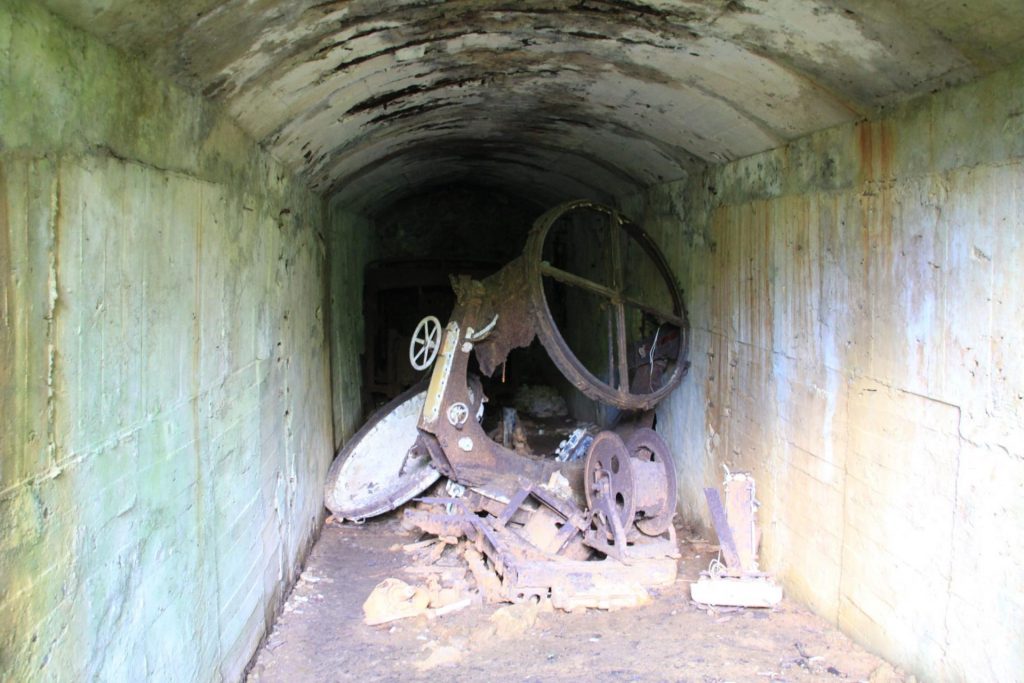
The Islanders
Despite the island’s tumultuous past, the 2,000 locals of Chichijima and Hahajima (translated as Father and Mother islands) remain open, especially to newcomers tired of city life. Unlike mainland Japan, which remains mostly homogeneous, the faces you see here reflect the island’s genetically rich history although most locals speak only Japanese.
Most of those who still speak English and retain distinctly Western or Polynesian features are over the age of 60. One of them is Rocky Sebori, fifth-generation descendant of Nathaniel Savory. He runs the island’s main supermarket and his family business producing honey.
“I’m an islander,” says Rocky Sebori, when asked how he identifies himself. “When I was growing up, there were just a little over 120 people on the island. Everyone knew each other. We didn’t have a lot here, so it was hard to do things by yourself—but all of us islanders came together to help.”
Born and raised in Chichijima, Rocky was still in elementary school when the islands were returned to Japan. His bilingual skills took him all over the world but eventually he returned to the Bonin Islands to raise his family the island way. A quick sweep around the town shows that most of the residents here are in their 20s to late 40s, a contrast to the aging population on the mainland.
“It’s a good place to live, that’s why you see a lot of young people and families here too,” says Rocky. “There’s no crime—if you do something bad here, there’s nowhere to run unless you want to swim a bit,” he jokes. Living on the island comes with its disadvantages though as assisted living options are limited and emergency medical care is at least 11 hours away.
Just down the road from his bee farm is the modernist Pat Inn run by Rocky’s nephew, 37-year-old Sho Sebori. Like Rocky, Sho is from Chichijima and moved to the mainland to work as a “salaryman” but returned to build this boutique bed and breakfast on his family’s land with his mother and brother. While marine activities are the biggest attractions here, Sho also organizes historical and night tours around the island to educate visitors.
“People move or pass away, and if we don’t work together to preserve our culture, then it’ll soon be gone,” says Sho. “What I love about our island is how among this amazing nature backdrop you find a lot of different people from different backgrounds coming together peacefully. You can’t really find that elsewhere, and I hope people from outside can come see that.”
Ecotourism Haven
The Bonin Islands used to have an unpopular tradition of whale and sea turtle hunting, but these practices are heavily regulated today to make way for conservation practices. Travelers can participate in education programs for sea turtle conservation at the Ogasawara Marine Center, a ten-minute drive from the Chichijima’s main port. Here, you’ll have the rare opportunity to clean baby sea turtles and feed them while learning about how the center takes in and rehabilitates ill or injured sea turtles (¥3,300 for a three-hour program; proceeds go towards the Ogasawara Marine Center). Chichijima is considered Japan’s largest breeding ground for green sea turtles; the center also raises young turtles from eggs through to their release into the wild. Turtles lay eggs from May to August and the eggs hatch from around July to October. (Website in Japanese only)
In winter, humpback whales steal the spotlight. Between January and April humpback whales move southward from northern seas to breed. Whale watching tours are usually combined with thrilling dolphin swims and leisurely snorkeling, but even if you don’t want to get in the water, you can look for spinner and bottlenose dolphins, short-finned pilot whales and sperm whales.
A two-hour ferry ride from Chichijima is the even-sleepier Hahajima. While Chichijima was taken over by the U.S., Hahajima was uninhabited for nearly two decades and has a more Japanese countryside vibe to it. The highest mountain, Mt. Chibusa (literally meaning Mt. Nipple), features indigenous plants and animals only found on Hahajima including the white-eyed Bonin honeyeater bird and the still-evolving terrestrial snail. Over three-quarters of the island is covered with subtropical rainforest, some such as the sekimon forest, a field of uplifted karst, which can only be accessed with a certified guide All around the island you’ll find remnants of the war, including dugout caves, mossy artillery and hollowed-out plots of land where bombs landed. To protect the natural environment, camping and off-trail hiking are strictly prohibited and visitors must wipe their shoes before disembarking the ferry.
The Bonin Islands stay around 17 to 28 degrees Celsius throughout the year so pack your snorkel and fins (wetsuit needed in winter) as there are plenty of great spots to explore. From Chichijima, Anijima Island Marine Park and Minamijma are world-class snorkel spots and can only be accessed with a guide. In Hahajima, Kita Port in the north and the coral reefs of the southern Minami-zaki are recommended (be careful of strong offshore currents). A few tiger sharks have been said to roam the Wakihama Nagisa Park near the port, but for the most part the waters remain safe and ready to be explored.

Photo by Ogasawara Village Tourism Bureau 

Photo by Ogasawara Village Tourism Bureau
Getting There
Ferries depart once or twice a week from Takeshiba Port, Tokyo and cost around ¥23,000 (one way). Check the Ogasawara Kaiun Ferry website for departure and return dates and times. Online booking purchase is available.
To get to Hahajima, you will need to purchase a separate ticket. Fares change each month but usually cost about ¥4,000 one way.
There are around 60 hotels and inns in Ogasawara, mainly located around Omura near Futami Port and Oki Port in Hahajima.
The Ogamaru Package reserves ferry tickets and accommodation. The package also comes with optional Chichijima tours and coupons you can use on the islands. Booking available by phone only at (0334) 51-5171.
Most dining options at Chichijima and Hahajima are centered around the port. Tours and accommodation usually provide shuttle pick ups but you may want to rent a car before your trip to access beaches and lookout points.
Ogasawara Seibi (Chichijima)
(0499) 82-2626
Sasamoku Rental Cars (Chichijima)
(0499) 82-2987
Ogasawara Service Rental Car (Hahajima)
(0499) 83-7030
English-speaking staff are available at the islands’ respective tourism information centers. Be sure to inquire about whale watching information and hiking, beach and snorkeling access (some areas may only be entered with a guide).
Ogasawara Village Tourist Association
5-min. walk from Futami Port at Chichijima
(0499) 82-2587
Ogasawara Hahajima Tourism Association
Oki Port at Hahajima
(0499) 83-2300
Supported by Ogasawara Village Tourism Bureau
www.visitogasawara.com





